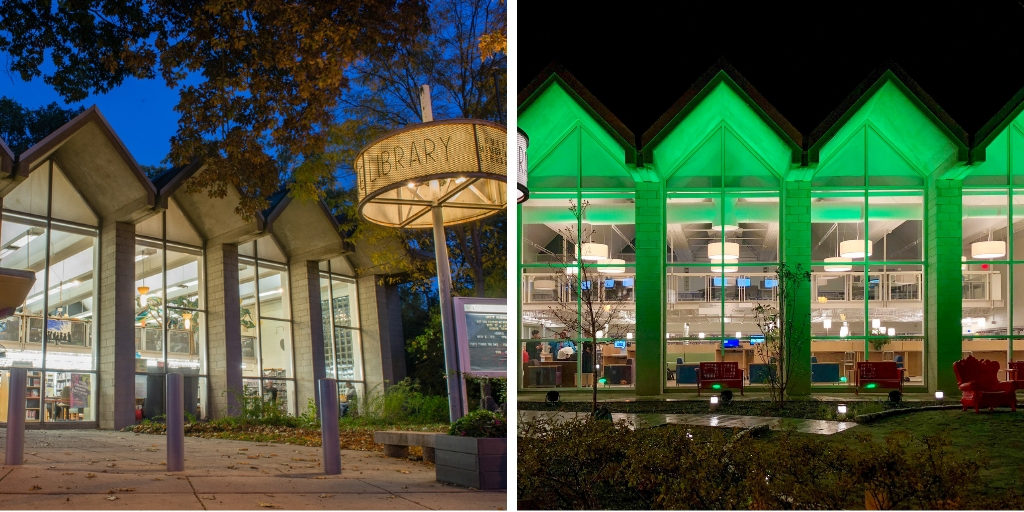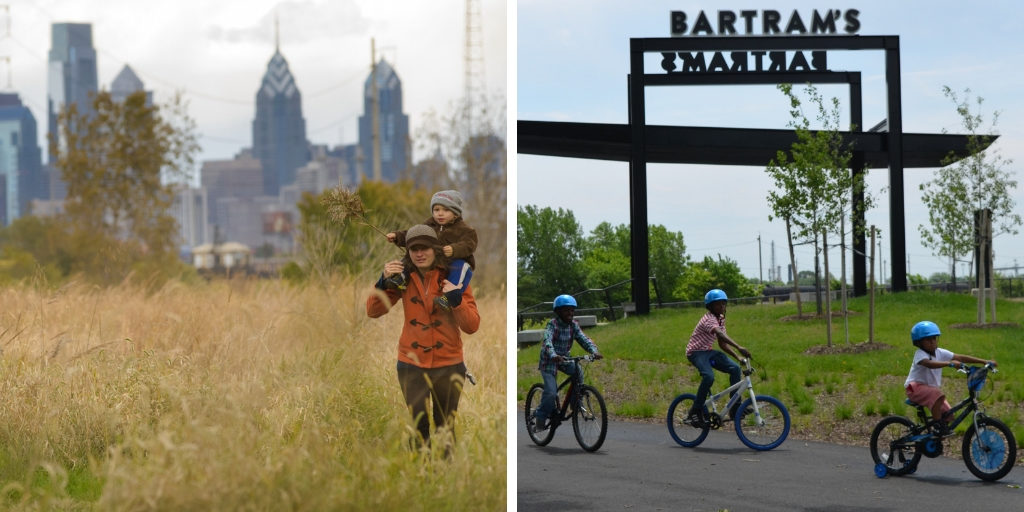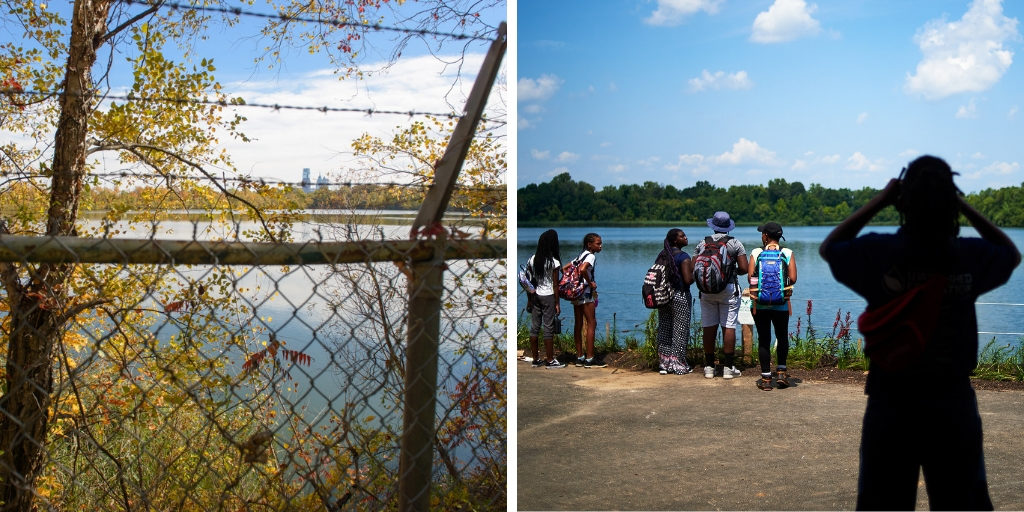Knight Foundation releases report assessing Civic Commons efforts in 5 cities, including Philly
 April 18, 2019
Category: Featured, Long, Results
April 18, 2019
Category: Featured, Long, Results
If there is one lesson to be gleaned from “Common Goals, Different Approaches: How Five Cities Reimagined Their Public Spaces” — a report the Knight Foundation released this morning — it is that involving the community and inviting its continued input throughout the various stages of the project is key to the success of any transformation of public space in Philadelphia.
The five sites in Philadelphia that were part of the Reimagining the Civic Commons pilot — the Discovery Center in East Fairmount Park, Reading Viaduct Rail Park in Center City, Bartram’s Mile Trail Project along the lower Schuylkill River, Lovett Memorial Library and Park in Mt. Airy, and the Centennial Commons in West Fairmount Park — receive mixed reviews in the report.
None are failures, per the funder: Sam Gill, Knight’s VP for communities and impact, told Generocity he believes that the city’s involvement in the Civic Commons initiative has been “an enormous success.” If there is a takeaway for Philadelphia from the report, he said, it is in “thinking about engagement.”
“Different leaders shape what it means to embark on this,” Gill said. “What I want people to see [from the report] is that they can do this.”

Lovett Library in Mt. Airy, before and after the Civic Commons initiative. (Photos courtesy of Civic Commons Philadelphia)
The report traces Civic Commons projects in Akron, Chicago, Detroit and Memphis as part of the three-year, national initiative that launched in 2016 with $20 million in support from Knight, The JPB Foundation, The Kresge Foundation and The Rockefeller Foundation — along with $20 million in matching funds from local partners. The initiative established baseline metrics for the projects in those cities in 2017, to track a number of data points related to civic engagement.
Philadelphia, as the report states, is a bit of an outlier. As the pilot city, the initiative got going in 2015, with $11 million in support from Knight and the William Penn Foundation, and the grant period is over. (The other four cities haven’t come to the end of their grant periods yet.) According to the report, Philly’s projects were “all over the place, both geographically and conceptually.”
“Mixed into that complicated assemblage,” the report states, “is some great success.”
“And now that Philadelphia’s Civic Commons grant has expired, the team is applying the lessons of the initiative to other projects in the city,” the report continues, “most notably Rebuilding Community Infrastructure (Rebuild), a $500 million citywide neighborhood revitalization program funded largely through a soda tax — and to share them with the Civic Commons cities whose work is ongoing. All of that requires a deep examination of what Philly got right and what it got wrong.”
Some assessments of Philadelphia’s projects from the report:
Bartram’s Mile
“[Bartram’s Garden/Bartram’s Mile] is widely hailed across the Civic Commons network as the initiative’s model site; it broke down the perceived barriers between a natural landmark and a neglected neighborhood and made residents feel welcome for the first time.” (page 5)
Discovery Center
“[P]roviding a resource for neighbors is one of several competing goals for the Discovery Center. The building, a stunning modern wood-clad space perched at the edge of a pristine reservoir, will serve as the headquarters of Audubon Pennsylvania and Outward Bound Philadelphia. It’s designed to be part of a sanctuary for migratory waterfowl. “I don’t think there’s another building in Philly that was designed to be bird-friendly,” boasted Audubon program manager Keith Russell. Stripes on the windows prevent birds from flying into them, and nooks in the outer walls are intended for nesting. The question facing the project is whether it can appeal to neighborhood kids as much as canvasback ducks.” (pages 7-8)
Rail Park
“[There] was distrust among neighbors of the Rail Park’s first phase, through Callowhill and North Chinatown, who were already witnessing the start of rising prices and displacement as old industrial buildings and shabby apartments were converted into high-end residences. There was widespread concern that the Rail Park would accelerate the process without providing any real amenities for the neighbors. After all, the project is frequently compared to the High Line in New York, where nearby condo prices more than doubled in the seven years after the park’s 2009 opening.” (page 6)
“The journey to create great public spaces is unique for each city, but the goal is the same: to strengthen community connection, trust and engagement,” said Gill, in Knight’s release announcing the report. “While there’s no one-size-fits-all approach to revitalize and connect civic assets, these case studies show the most successful strategies are those shaped by resident insights and involvement.”
P.S. The Knight Foundation announced this morning that Ellen Hwang will serve as its next Philadelphia program director, filling the vacancy Patrick Morgan created with his departure in December 2018.
Project
Reimagining the Civic Commons InitiativeTrending News













